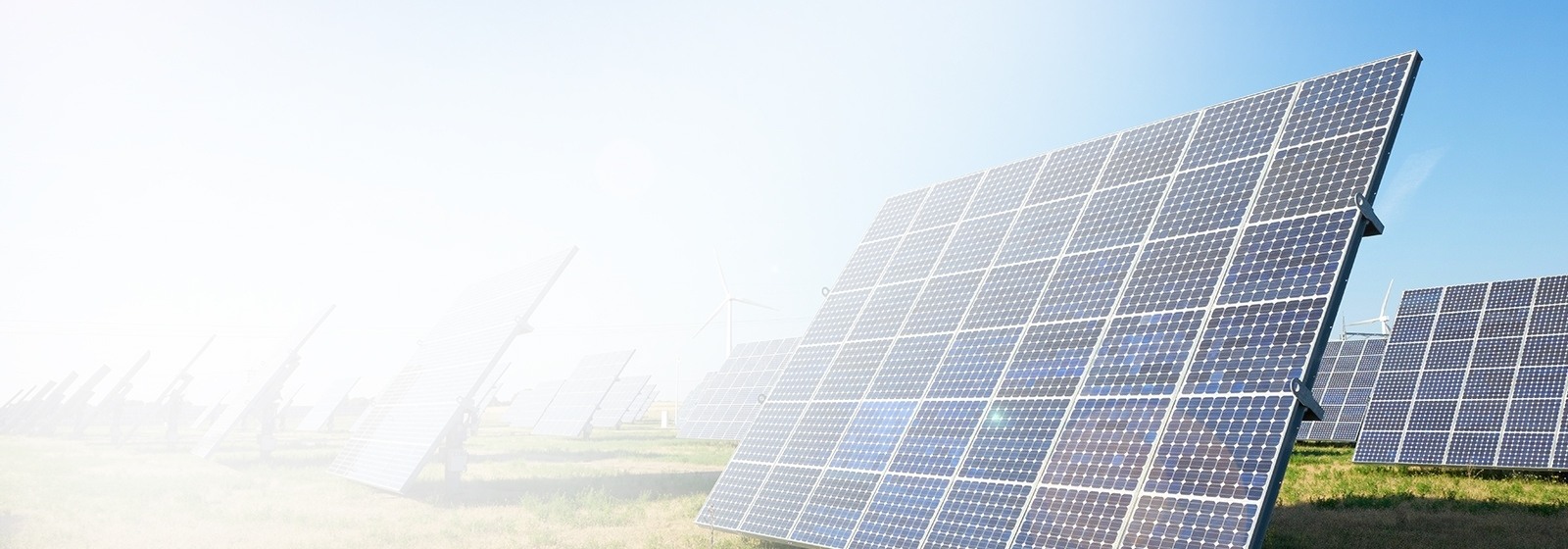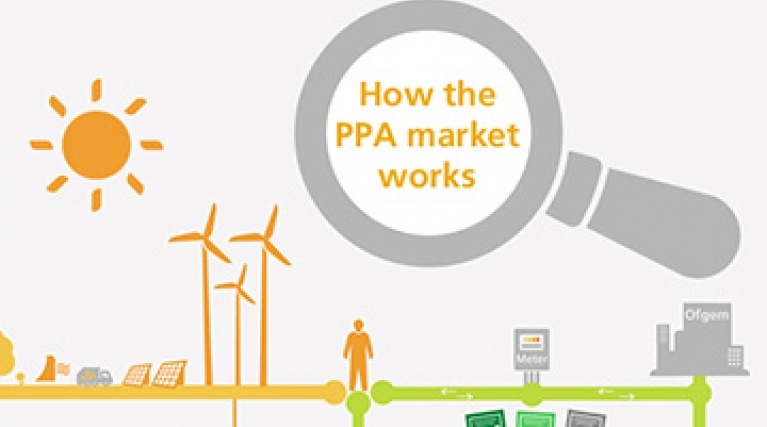Why generate your own power?

More and more businesses are tapping into natural resources, like wind, solar and biomass, or waste that once went to landfill to generate electricity, and with very good reason. Just some of the benefits of becoming an electricity generator include:
- New revenues – by getting paid for the electricity you export to the grid and the associated renewable energy certificates
- Lower electricity costs – by reducing your exposure to both volatile wholesale energy prices and rising delivery charges
- Reduced carbon emissions and improved sustainability reporting with a lower carbon electricity supply than the standard grid mix
- Improved operational resilience – with less reliance on electricity imported from the grid
How will you sell your energy?

How big are your plans?
Until you have a commissioning date, your project’s size (or installed capacity as we call it) is the best pointer towards how to sell what you produce in future:
- If you are building on a commercial scale (more than 250KW), the Renewable Obligation (RO) scheme or Contracts for Difference (CFD) (starting in April 2015) scheme should offer the best rewards. You’ll need a Power Purchase Agreement (PPA) to sell through these schemes. See How PPA's work video below.
- below a small installation, under 250KW? Then Feed-in Tariffs (FITs) are probably a better option for you. Read how we can help you benefit as a FITs generator [link to FIT factsheet]
Financing your renewable energy project
If you’ve struggled to secure funding for your generation plans before, see why it should be easier now.
Find out how the RO and FIT schemes work
Need to bolster your understanding of the Renewable Obligation and Feed-in Tariff schemes? Dr. Steven Steer, one of our top experts in this area, explains.
How PPAs work
A brief overview of how PPAs help commercial renewable generators to sell their power and renewable certificates (ROCs and REGOs).

